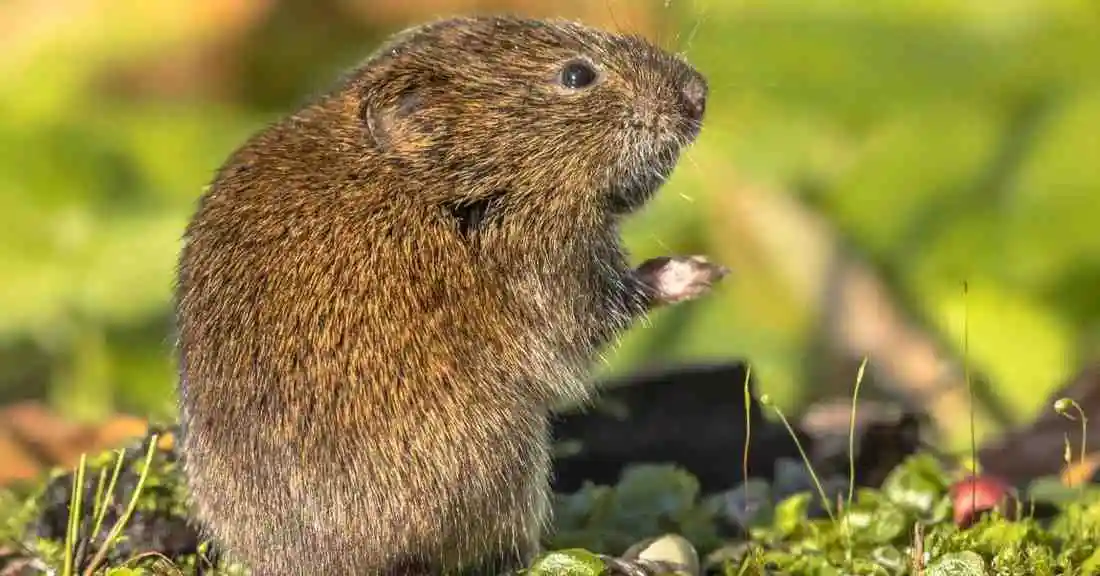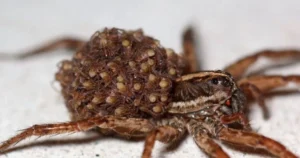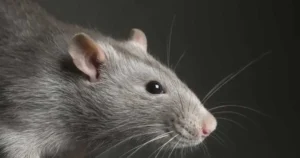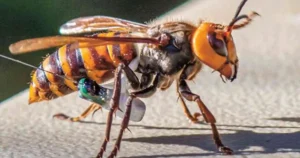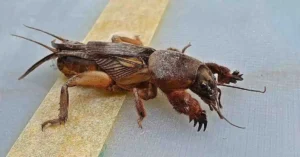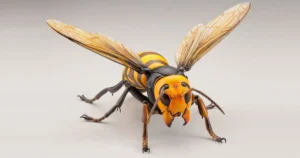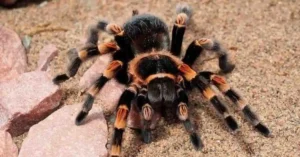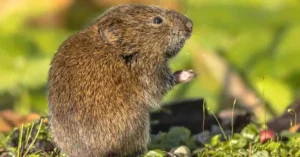Voles, sometimes confused with moles or mice, are small rodents that can become a gardener’s nightmare. Known for their ability to chew through plant roots and create unsightly burrows, they pose a serious threat to gardens and lawns. If you’re dealing with a vole infestation, learning how to trap these pests effectively is essential. This comprehensive guide will walk you through the best practices for trapping voles, prevention strategies, and additional tips for maintaining a vole-free yard.
What Are Voles?
Voles are small rodents that resemble mice but have shorter tails, stockier bodies, and slightly rounded noses. They are most commonly found in gardens, orchards, and grassy areas where food sources like roots, bulbs, and seeds are abundant.
Key Characteristics of Voles
- Size: About 3 to 5 inches long.
- Diet: Plant roots, bark, bulbs, and grasses.
- Behavior: Burrowers that create visible runways in lawns and garden beds.
Understanding Vole Behavior
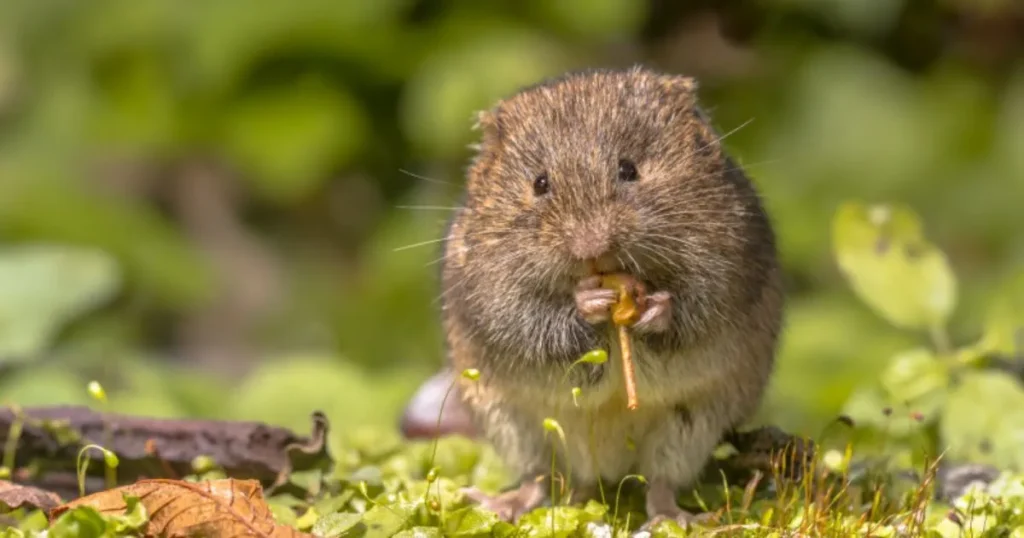
Voles are active year-round, making them a persistent problem for homeowners. They reproduce rapidly, with females capable of producing 5 to 10 litters annually. A single infestation can quickly grow out of control if not addressed promptly.
How Voles Damage Your Property
- Underground Tunneling: Their extensive burrowing disrupts soil structure and damages plants.
- Bark Stripping: Voles gnaw on tree bark, potentially killing young trees.
- Root Consumption: They feed on the roots of shrubs and flowers, causing plants to wilt and die.
Why Choose Trapping for Vole Control?
Trapping is one of the most effective and environmentally friendly methods to control voles. Unlike poisons or repellents, trapping provides immediate results and helps eliminate voles without harming non-target species.
Benefits of Trapping
- Quick Results: Effective for controlling small infestations.
- Eco-Friendly: Reduces reliance on chemical solutions.
- Cost-Effective: Minimal investment in traps and bait.
Limitations of Trapping
- Requires regular monitoring and maintenance.
- May not be sufficient for large infestations without additional measures.
Types of Traps for Voles
Selecting the appropriate trap is crucial for success. Below are the main types of traps used for vole control:
1. Snap Traps
Snap traps are traditional devices designed to kill voles quickly upon activation. They are best suited for targeting individual voles in specific areas.
- Pros: Affordable, widely available, and effective.
- Cons: Requires careful placement to avoid harming pets or other wildlife.
2. Live Traps
Live traps capture voles without killing them, allowing for humane relocation. These traps are typically box-shaped and baited to attract voles inside.
- Pros: Ethical option for animal lovers.
- Cons: Relocation can be challenging and may spread the problem elsewhere.
3. Electronic Traps
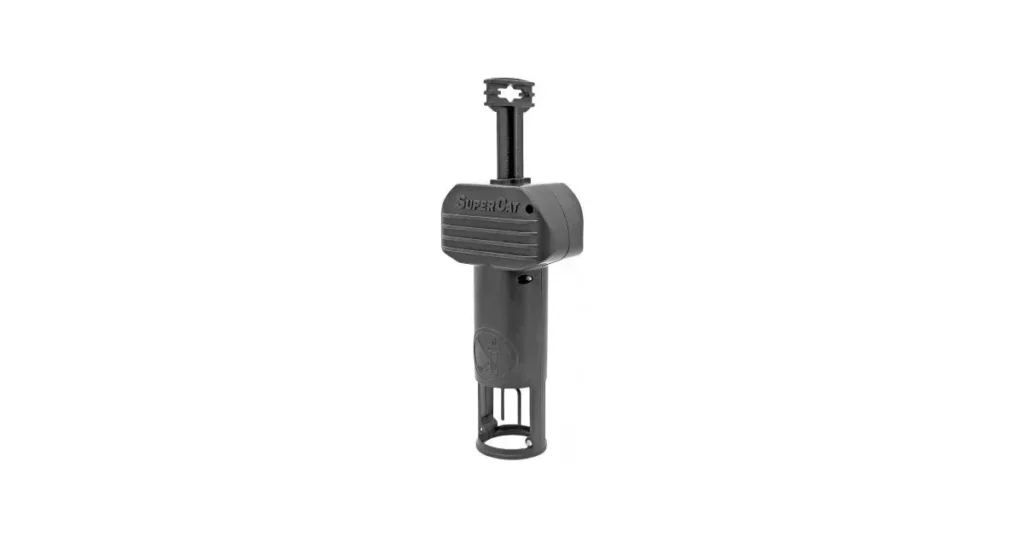
These modern traps use a high-voltage shock to kill voles instantly. They are highly effective but come with a higher price tag.
- Pros: Clean and efficient.
- Cons: Costly compared to other trap types.
4. Glue Traps
Glue traps immobilize voles by sticking them to an adhesive surface. However, their use is controversial due to ethical concerns and potential harm to non-target animals.
How to Trap Voles: A Step-by-Step Guide
Follow these steps to set traps and catch voles effectively:
Step 1: Identify Vole Activity
Survey your yard to locate active runways and burrow openings. Voles create shallow surface tunnels that are easy to spot in grassy areas.
Step 2: Choose the Right Trap
Based on the infestation size and your ethical preferences, select the appropriate trap type (snap, live, or electronic).
Step 3: Use Effective Bait
Voles are attracted to peanut butter, apple slices, seeds, and grains. Apply bait generously to maximize the trap’s appeal.
Step 4: Strategically Place the Traps
Position traps along vole runways, near burrow openings, or under shrubs where activity is highest. Ensure the traps are flush with the ground and well-camouflaged.
Step 5: Monitor the Traps
Check traps daily to remove captured voles and reset them if necessary. Prompt removal prevents odor buildup and ensures continuous effectiveness.
Step 6: Dispose or Relocate
Dispose of deceased voles following local guidelines. For live traps, relocate voles at least 5 miles away in a suitable habitat to prevent their return.
Tips for Successful Vole Trapping
- Set Multiple Traps: For larger infestations, use several traps to increase the chances of capturing multiple voles.
- Change Bait Regularly: Replace bait every few days to keep it fresh and appealing.
- Experiment with Placement: If a trap isn’t yielding results, move it to another active area.
Preventing Vole Infestations
Trapping alone may not be sufficient for long-term control. Implementing preventive measures can help protect your yard from future vole problems.
Maintain Your Yard
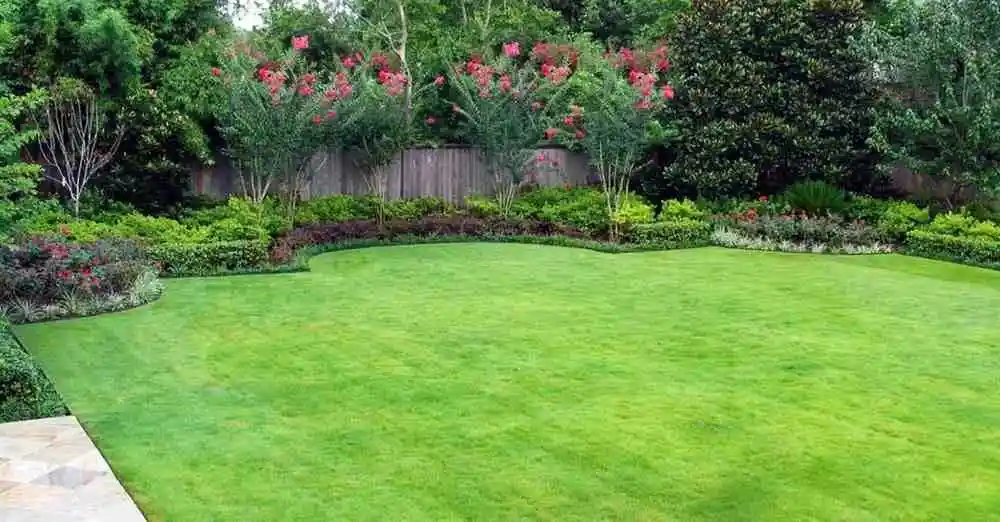
- Trim Vegetation: Short grass and weeds leave voles exposed to predators.
- Remove Debris: Clear fallen fruits, mulch piles, and other potential food sources.
- Use Hardware Cloth: Install underground barriers around vulnerable plants and trees.
Employ Natural Deterrents
- Plant Repellents: Grow garlic, daffodils, or other plants voles dislike.
- Encourage Predators: Attract birds of prey or outdoor cats to naturally reduce vole populations.
Alternatives to Trapping
If trapping isn’t feasible or effective, consider these alternative vole control methods:
Chemical Repellents
Repellents containing castor oil or predator urine can deter voles. Apply these products around runways and plants for maximum effectiveness.
Ultrasonic Devices
Ultrasonic repellents emit high-frequency sounds that may drive voles away. While their success rate varies, they can be useful in combination with other methods.
Professional Services
For severe infestations, contact pest control professionals who specialize in vole management. They can assess your property and implement advanced solutions.
FAQs
1. How long does it take to trap all voles in an area?
The duration depends on the infestation size and trap placement. Most homeowners notice significant results within one to two weeks.
2. Are traps safe to use around pets and children?
Ensure traps are placed in areas inaccessible to pets and children. Consider using live traps or electronic traps for added safety.
3. What should I do with captured voles?
Dead voles should be disposed of in sealed bags according to local regulations. Relocate live voles far from your property to avoid their return.
4. Can trapping completely eliminate voles?
Trapping effectively reduces vole populations but must be paired with preventive measures to avoid re-infestations.
Conclusion
Dealing with voles requires a proactive and multi-faceted approach. Trapping is a proven method to control these pests effectively, but combining it with preventive practices ensures lasting results. By understanding vole behavior, choosing the right traps, and maintaining a vigilant watch over your garden, you can protect your plants and enjoy a thriving outdoor space. Implement these strategies today and reclaim your yard from unwanted visitors!

James William is a passionate animal lover and expert in the Animals and Pets niche. With years of experience in pet care, wildlife studies, and blogging, James shares practical tips, heartwarming stories, and expert advice to help pet owners build stronger bonds with their furry, feathered, and scaly companions.
